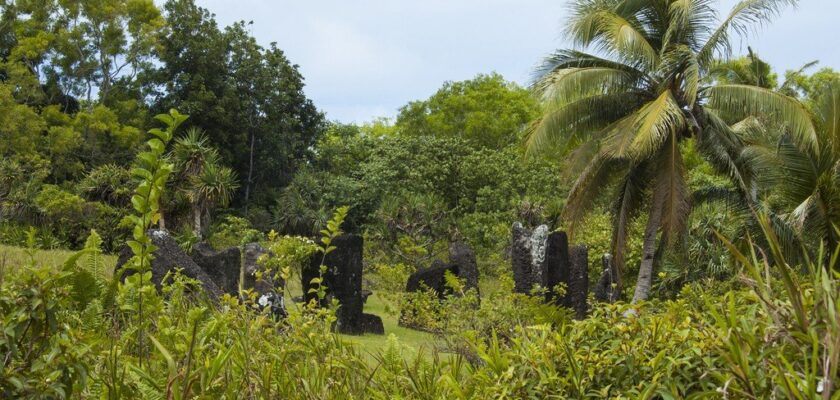Babeldaob Island
Babeldaob Island is the largest and most populated island of the Republic of Palau (374 km²), located 885 km from the Philippine island of Mindanao. It is the northernmost island after Kayangel Island, and also the most mountainous. Over 70% of Palau’s relatively small territory is occupied by this island. The highest point is Mount Ngerchelchuus, which is 242 meters high. The island is 43 kilometers long and 13 kilometers wide.
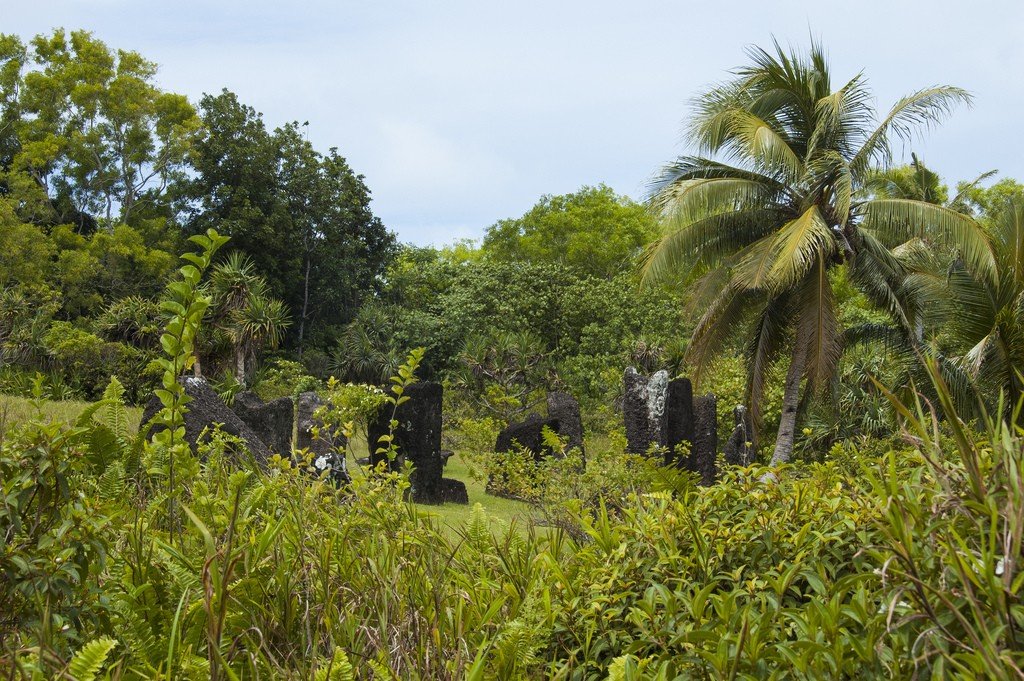
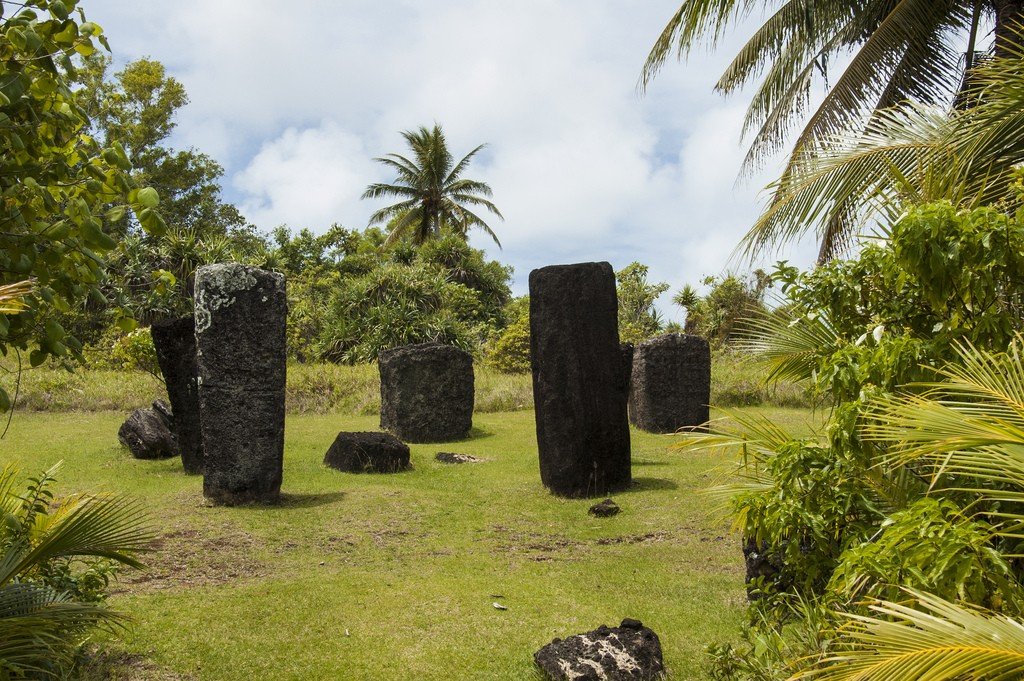
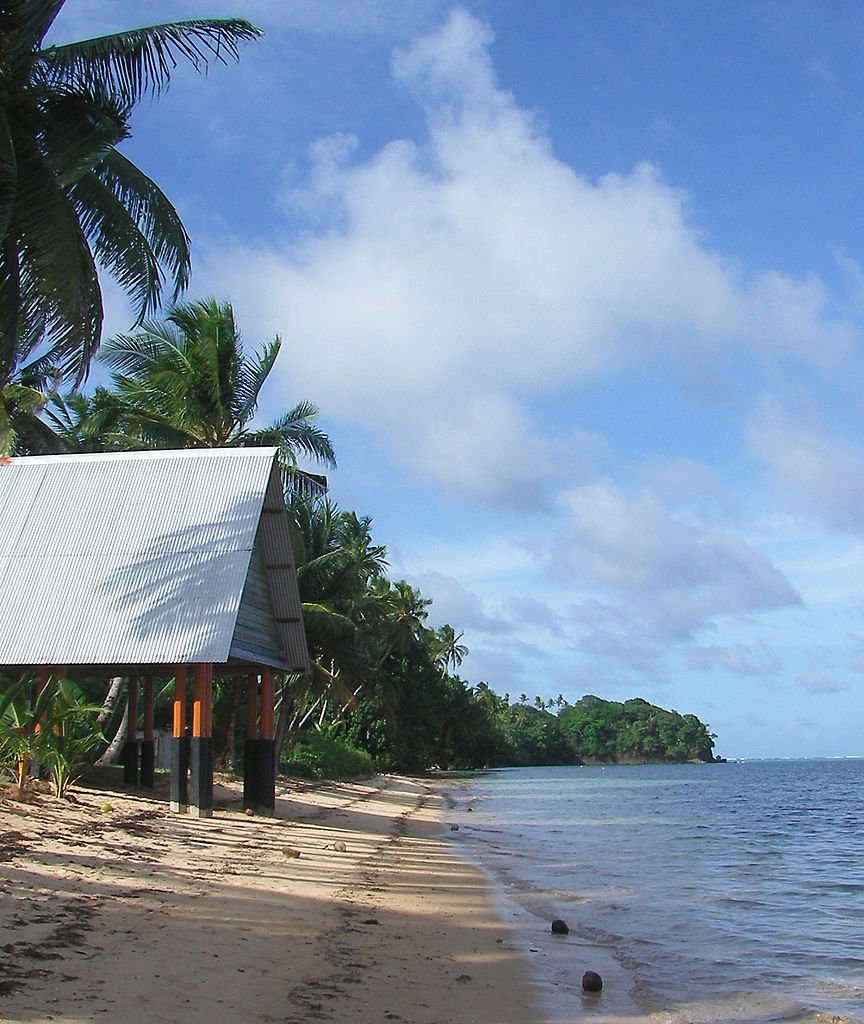
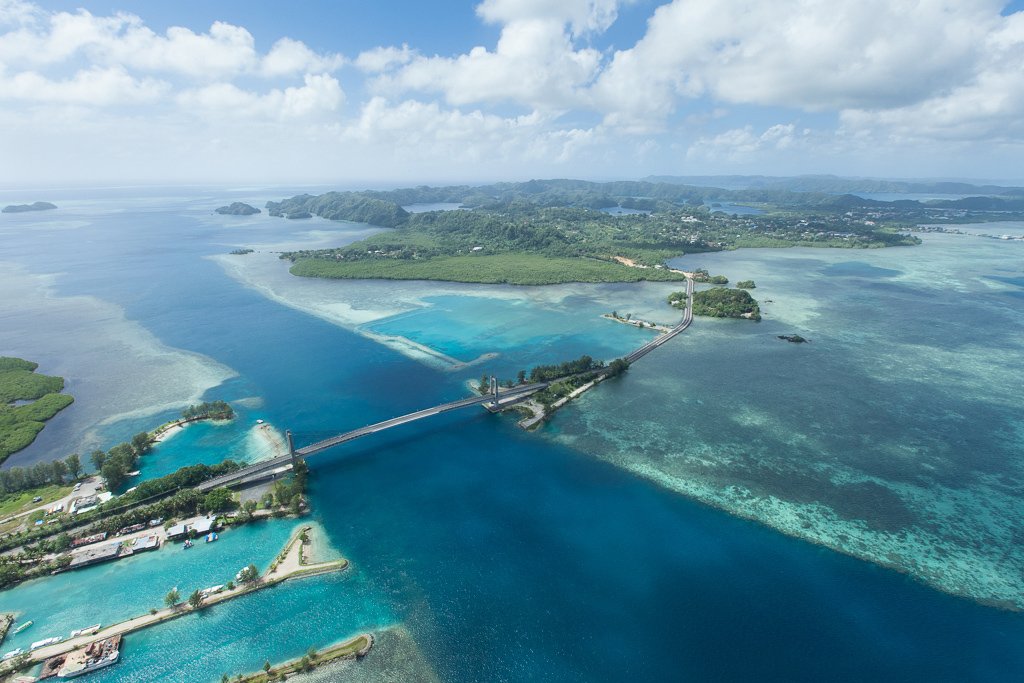
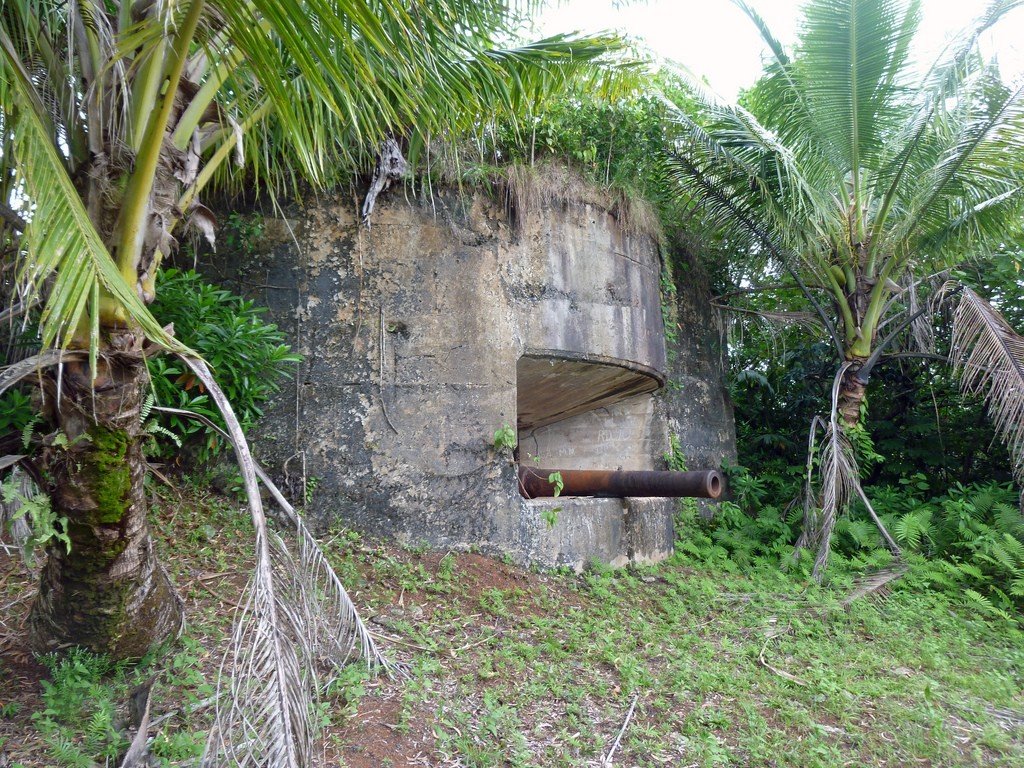
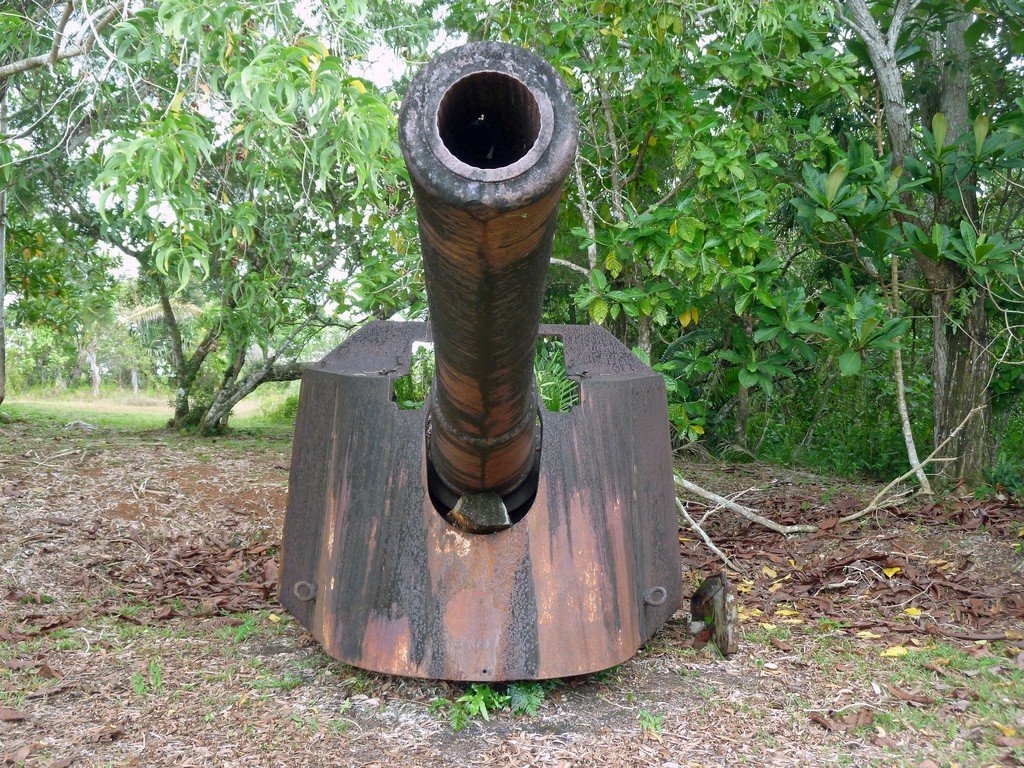
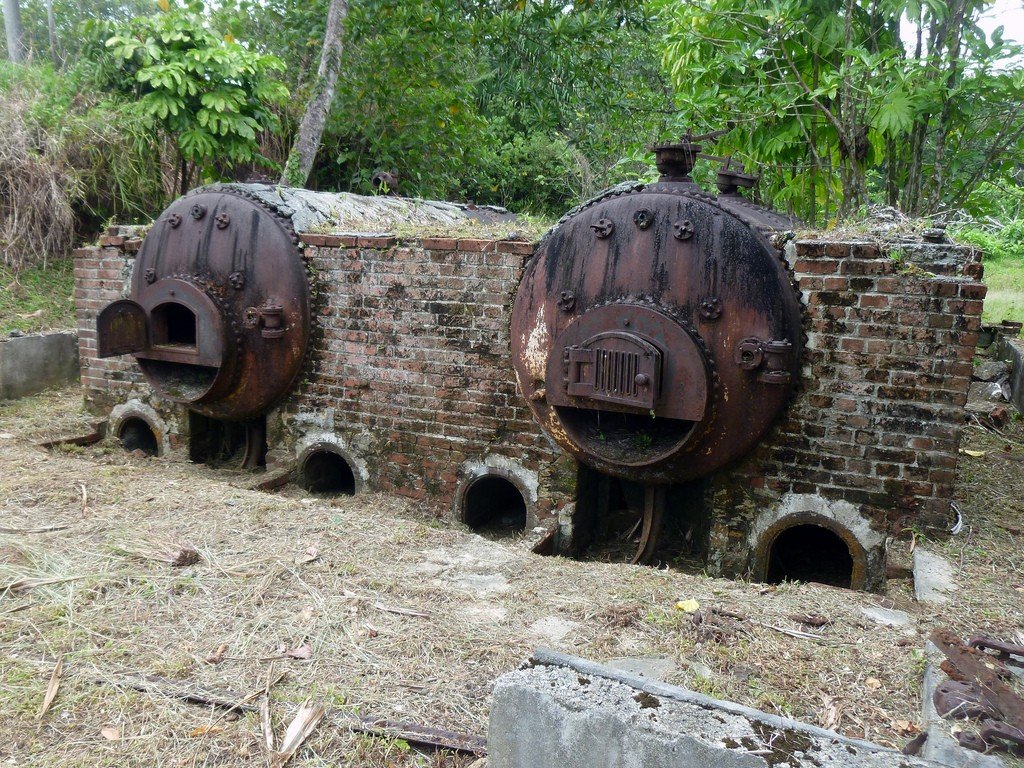
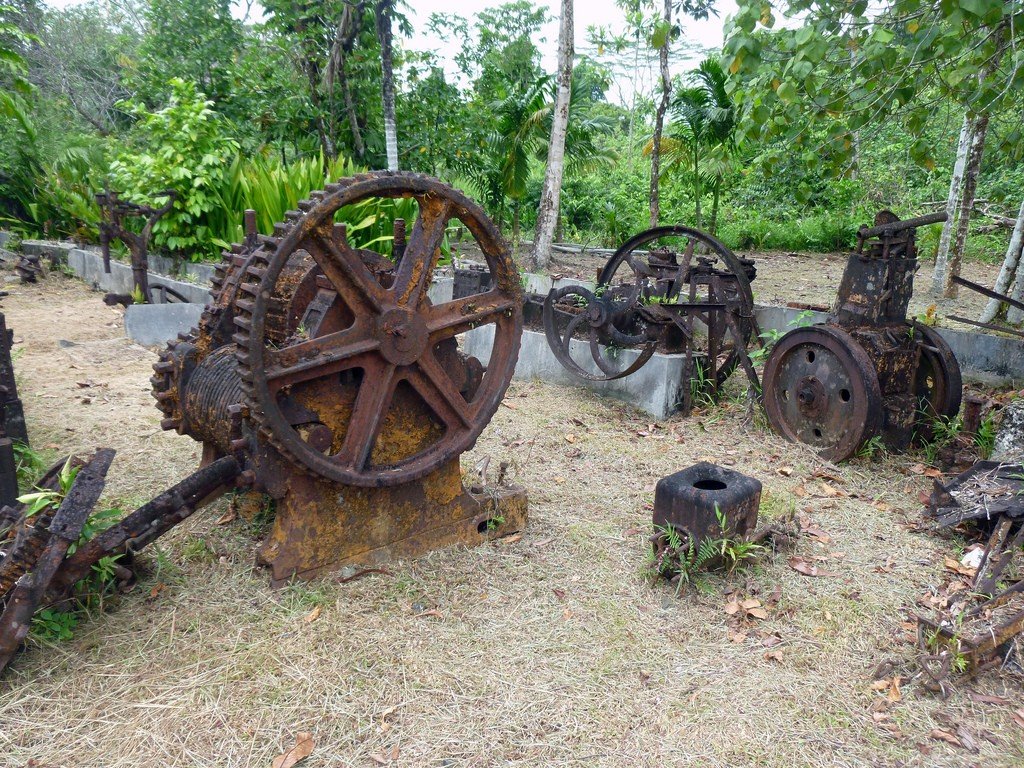
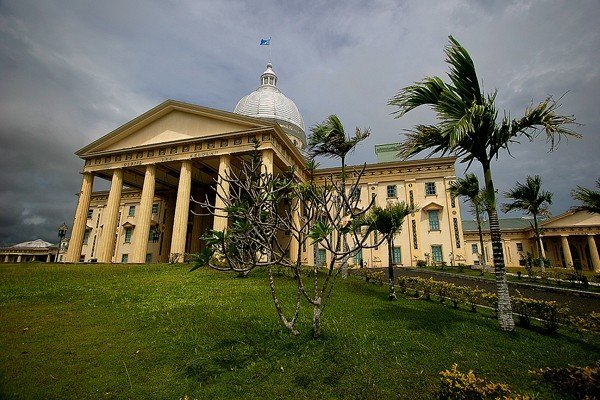
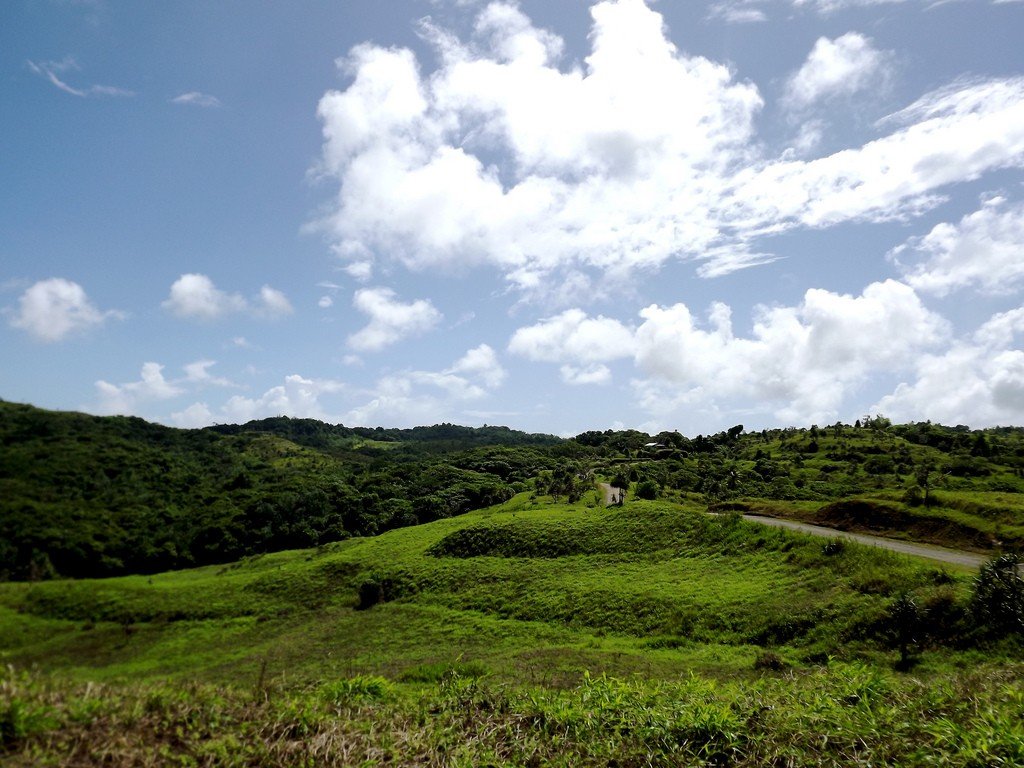
General information
Babeldaob is home to ten of Palau’s sixteen states: Melekeok, Aimeliik, Ngardmau, Ngaraard, Nghesar, Ngeremlengui, Ngatpang, Airai, Ngiwal and Ngarhelong. The capital of Palau, Ngerulmud, is also located here. The main attraction of the capital (and the only building) is recognized as the Capitol, which is an inaccurate copy of the U.S. Capitol. Another interesting place is the Ngardok Lake, where a whole colony of crocodiles lives. By the way, Ngardok is the largest freshwater lake in Micronesia, naturally formed, having a water mirror area of almost five hundred hectares.
.Badrulchau is an area of the island in the northern part of the island that is known for ancient structures. Some thirty-seven basalt monoliths are in satisfactory condition, but there are other stones scattered nearby that no doubt served some purpose, perhaps as foundations, supports for ancient structures. Naturally, the locals say that the generous gods placed them here.
.To divers
.The outside of the reef on Babeldaob Island is not well surveyed, but the guides are always more than happy to visit the few dive sites there.
.
As the depth increases, the current on the outer side of the reef is always stronger than on the inner side, so it is dangerous for beginners. But for more advanced divers there is much to see here, because some of the most beautiful and rich in incredible marine life reefs are located near Babeldaob.
.
The coral reefs are very bright and colorful, and where deeper, dark and rocky. The reefs are homes for small fish that cannot hold on against the strong currents. Because of this, they swim very close to coral and acquire the appropriate colors to survive. Flocks of paguar, emperor fish, lucian, mackerel, barracuda and many other fish attract the attention of large predators such as moustache nurse sharks and reef sharks. There are also hiding scorpions waiting for their next victim, lazily swimming turtles and majestic stingrays.
.
One of the most amazing dive sites is the Devilfish City spot in the Ngerdmau Channel (between two reefs). This spot is famous for its abundance of manta rays, which visit the channel because of the so-called “cleaning stations”. This place is known for the large number of small marine animals (some species of shrimp and fish) that feed off the body surface of large fish, as if cleaning them. Local divers have even come up with nicknames for some of the stingrays – Aretha, Blade, Mesmeang, and (attention!) Obama. The stingrays are friendly, and tourists often have their pictures taken with them.
.For experienced divers who aren’t afraid to test their skills and are eager to see unique sites, the Satan’s Corner site is the place to be. On the outer side of the reef at a depth of 25 meters is a plateau of teeming underwater life, and even a little lower, a fantastic descent begins, full of barracuddas, paguars and spotted eaglebills. You need to be especially careful when diving in this area and be aware of the fast and hard to predict current.
.Just 1.5km southwest of Satan’s Corner there is another similar dive site, Devil’s Playground. The difference is that it is not as deep, with maximum depths up to 28m and the currents are usually not as strong, allowing less experienced divers to view some of the most beautiful coral in the world. Both sites are similar, but the emotions will be different from both dives.
.Rack divers will be interested in the Teshio Maru dive site, a 98-meter long sunken Japanese warship from World War II. Battle ammunition is still occasionally found on it. The entire ship is covered in sparse coral, with parrot fish and Napoleon fish swimming near it. Due to the unstable structure, local guides do not advise swimming inside.
.Tourists
It is through Babeldaob Island that it is possible to reach the other islands of Palau, as Roman Tmetuchl International Airport (ROR) is located here. Here most often fly planes from Seoul and Taipei, less often from Tokyo and Manila. Further out, you can take a boat to the smaller islands or take the next plane to Peleliu or Angaur islands.
.